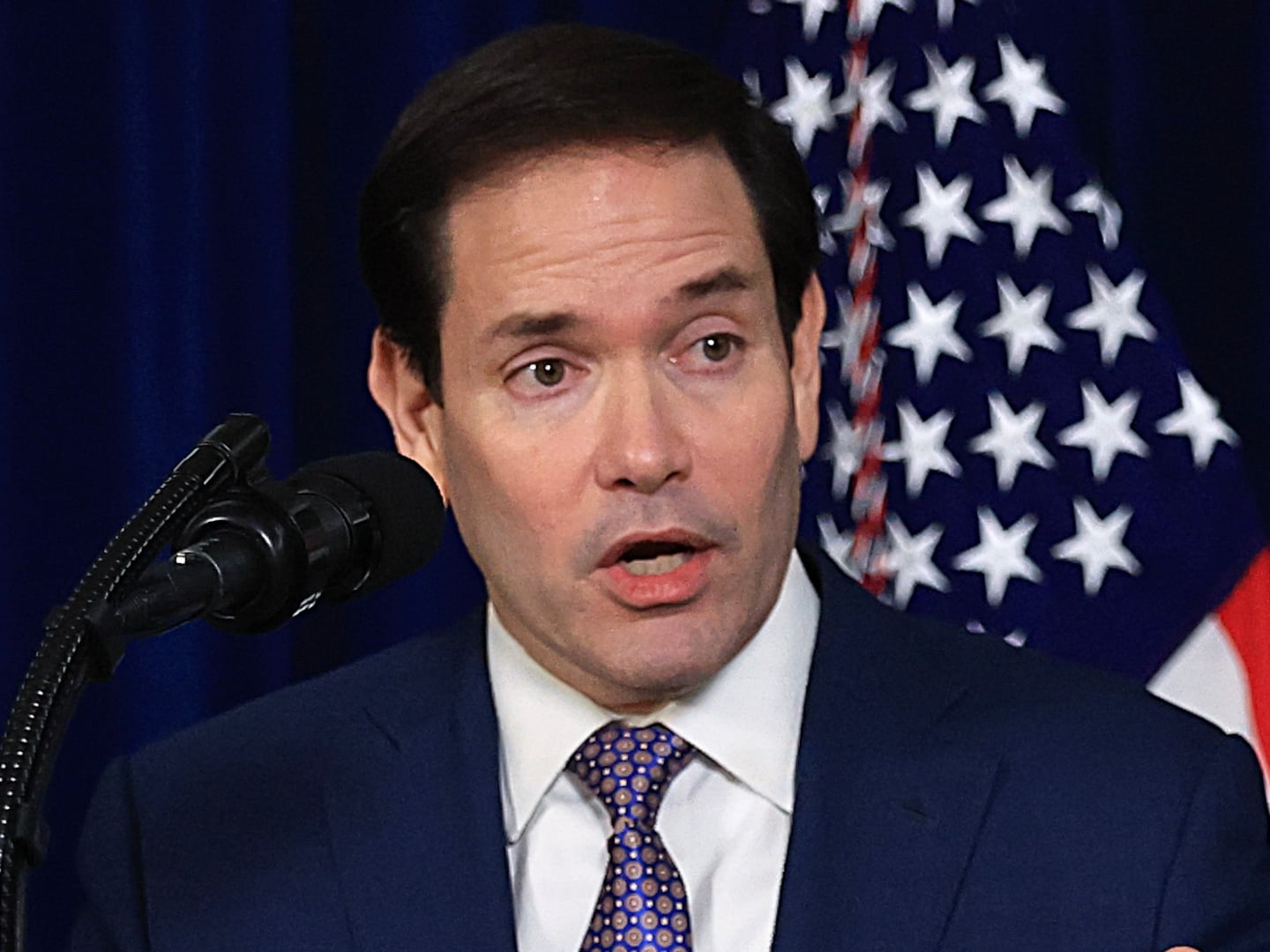Disaster psychologists say that emergencies have emotional phases. First comes shock, then the “we’re all in this together” honeymoon, followed by disillusionment, and ultimately recovery.
It’s the Kubler Ross stages of grief for catastrophes. But the experts have thrown out the script with COVID-19. They say untold numbers have done the shock, the “clap at 7 p.m.,” and are now stuck in the disillusionment. Others leapfrogged right past the honeymoon to anguish. No one can move forward.
Unlike any other emergency in living memory (minus the 1918 pandemic) we can’t hug, embrace, or stick together. Livelihoods and families have been destroyed and social inequalities deepened. Unlike in other events that started and stopped and devastated a clear area of the world, this is an invisible menace that continues to hit the entire globe. We do not understand the enemy, we don’t really know who is vulnerable, we don’t have a vaccine or treatment so far. We can’t even trust antibody tests.
The sheer scale of the upheaval has created a looming collective trauma like we’ve never seen. People can’t rebound from crises if they feel betrayed, confused, and enraged. Healing will be delayed or not occur if people can’t restore their faith in society and a sense of security. And with mental health resources already stretched thin, we will need to divert funds and work forces to particularly address underserved communities or face unprecedented psychological consequences.
“Every community is being impacted at some level,” says Melissa Bryner, the director of terrorism and disaster programs at the UCLA-Duke National Center for Child Trauma Stress. “We haven’t yet started to appreciate the mental health fallout.”
The unfathomable losses and upending of normal life, coupled with continued threat of infection, have created a smorgasbord of existential anxieties. The fear of eviction, unresolved grief, the closing of businesses and schools. It batters our security on so many fronts—how we socialize, work, pay bills and mourn. More than 120,000 dead, from 30 t0 40 million jobs lost, and no relief in sight. Uncertainty. Lengthy isolation. Fear of a second wave. Attacks by cops.
Nothing has ever occurred on this cascading scale.
For many Americans, the pandemic has shattered trust that somehow we’d come out all right. That the government had our backs, that the hospitals would have enough equipment. That the police would protect us.
Bryner says that in any public health emergency, messaging and communication by trusted authority is critical to psychological healing. Knowing whom I can turn to how to take care of myself and others. “A void in leadership and information that we can depend on enhances depressive symptoms and anxiety,” she says.
President Donald Trump’s appalling response to the pandemic leaves the country at risk of prolonged angst. The pandemic has inflamed racial despair and created uncertainty, and the psychological damage will resonate well after a vaccine is found. You build resilience by connecting with others and being part of a network that allows you to feel emotionally supported. That’s not happening for millions of people, especially the hardest hit communities of color.
Suicide, substance abuse, and PTSD trail any traumatic event. The psychological consequences of emergencies like Hurricane Katrina or the 9/11 attacks lasted for years. But the actual impact was short-lived: the hurricane came and went, the towers went down in a day. This pandemic seems never-ending, which will tax an already stretched mental health system.
Warning signs began to flash two months ago, when desperate calls started to overwhelm hotlines across the nation. The Kaiser Family Foundation reported that at the end of March, nearly half of adults surveyed felt that stress related to the coronavirus had a negative impact on their mental health. That’s only bound to increase as the pandemic drags on.
Jack Saul, director of the International Trauma Studies Program, based in New York City, is worried about moral injury, when people are forced to take actions that violate their moral values. You see this a lot in veterans, emergency responders, and war correspondents. We’re seeing it now among health workers, who had to work without adequate PPE, and essential workers who showed up at meat packing plants to work shoulder to shoulder.
We need a positive vision of what recovery will look like, he says. But the pandemic has rung a bell about economic and racial inequality and exacerbated a lack of feeling of belonging by the most vulnerable members of society who are suffering from the pandemic more than others. Communities of color have shouldered the burden of the disease and its economic devastation. They lack the resources for professional help—enough black mental health professionals, medical insurance to pay for therapy, even knowing where to access care.
Marina Tolou-Shams, a psychiatry professor at the University of California San Francisco who specializes in juvenile justice youth, worries about the mental health toll for young black children and teens and the impact on generations to come. The effect of trauma on the developing brain can lead to drug abuse, obesity, and depression.
While attending the mass protests may have afforded a catharsis to some protesters, and a way to assert a sense of control, for others the brutal police response and fear of being killed triggered even more trauma. “What I’ve heard talking with Black youth is how devastating this has been,” says Tolou-Shams. “Many young Black people don’t want to go out because they feel so resigned and without hope."
She worries about the stigma of seeking psychological help. She worries about the longstanding mental health toll of racism and the distress that came with protests and watching videos of abhorrent violence and murder. She worries about the constant media bombardment of vitriol.
Tolou-Shams believes that faith-based and community groups can provide some collective resilience and healing but says it’s not sufficient for this level of distress. More resources need to be devoted and set up in a way that locals are put in power positions to delineate how they are spent. It should be the community that decides that, not outsiders parachuting in.
“Until we have a radical transformation of how these funds are restructured at the local level, we’re not going to be able to heal,” she says.
We may not be able to prevent pandemics, but we can prepare society to deal with the staggering psychological toll that looms. We need to push our policy makers to provide the kind of treatment centers our children, teens, adults, and the elderly need to move forward. Money may be in short supply, but we have to make the mental health of those suffering most a priority. Ignoring it is unacceptable and inhumane.
—Judith Matloff teaches crisis reporting at Columbia’s Graduate School of Journalism. She’s the author of How to Drag a Body and Other Safety Tips You Hope to Never Need.







